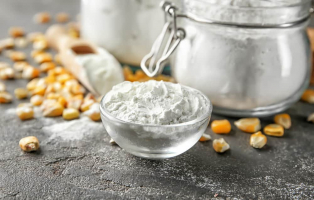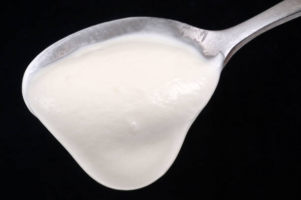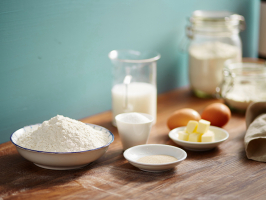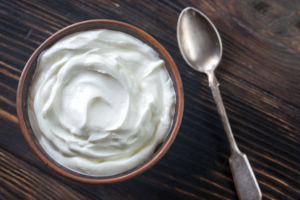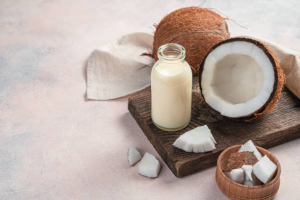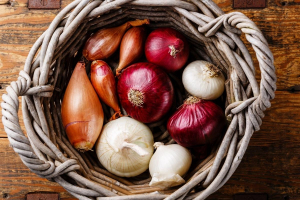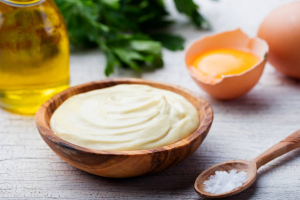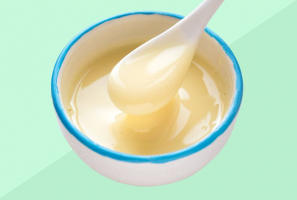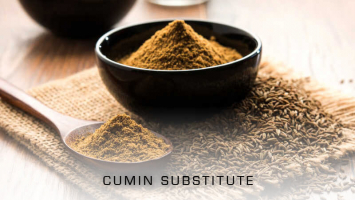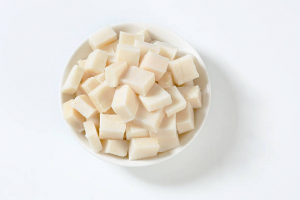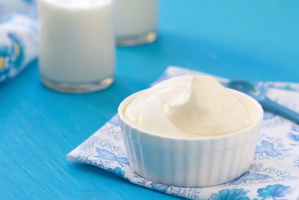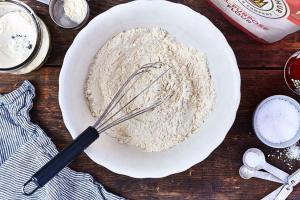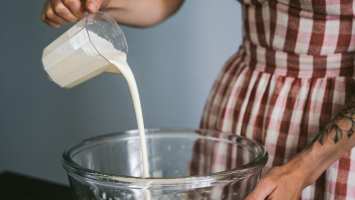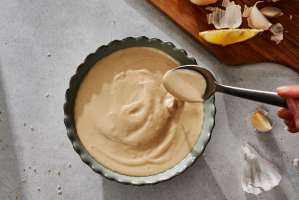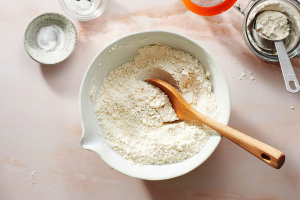Top 6 Best Substitutes for Tapioca Starch
Tapioca flour, often known as tapioca starch, is a popular gluten-free flour manufactured from cassava root starch. It's best known for providing a thick, ... read more...chewy texture to gluten-free baked products, but it also works well as an allergy-friendly thickener for sauces, soups, puddings, and stews. If your recipe calls for tapioca flour and you don't have any on hand, you have a few options. Here are the greatest tapioca flour replacements.
-
Cornstarch is a wonderful substitute for tapioca flour and is widely available. You may even have some in your pantry or cabinet. Cornstarch is naturally gluten-free, making it ideal for gluten-free cooking and baking. Because it has a significantly higher thickening capability than tapioca flour, you should decrease the amount in your recipe in half.
For example, if your recipe asks for 2 tablespoons of tapioca flour, use 1 tablespoon of cornstarch. It thickens more effectively than tapioca starch. The amylose content of starches determines their thickening capacity. Tapioca starch contains 15-18%, whereas maize starch contains 25-30%. When substituting maize starch for tapioca, use less to achieve the same results.
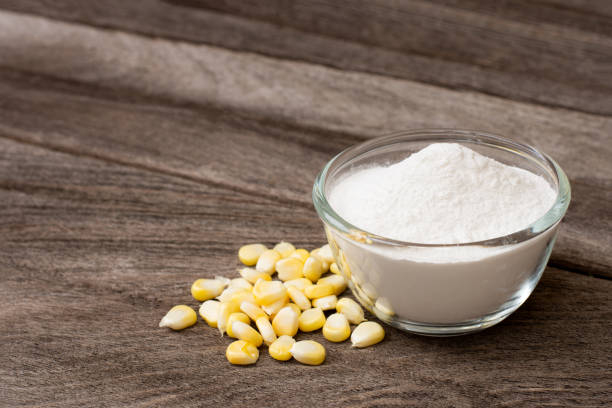
Cornstarch 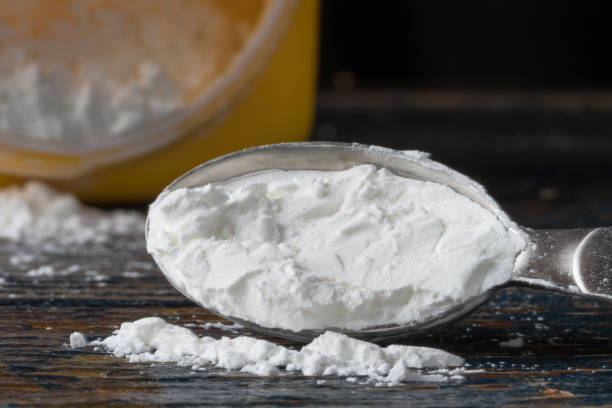
Cornstarch -
Cassava flour is a gluten-free alternative to tapioca flour that also has higher fiber, making it a more nutrient-dense option. Both are derived from the cassava root, however, cassava flour contains the whole root, and tapioca flour contains only the starchy component of the plant. Cassava flour may be substituted for tapioca flour in most recipes, although the fiber component provides it with somewhat greater thickening power.
As a result, if your recipe asks for extra thickeners or gums, you may wish to decrease or eliminate them when using this substitution. Cassava flour also has a somewhat nutty flavor that, depending on the recipe, may be apparent. If you can't obtain cassava flour locally, you may order it online.
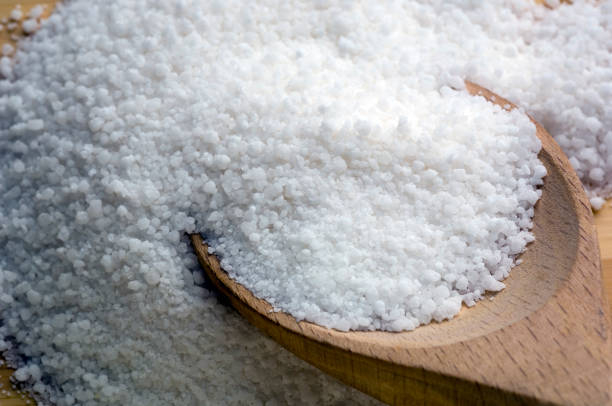
Cassava flour 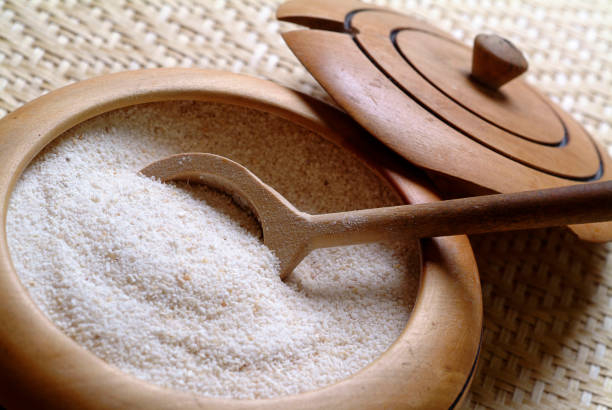
Cassava flour -
Potato starch is gluten-free and can be used instead of tapioca flour. However, depending on what you're cooking, it has a thicker consistency and may result in a denser product. If you just need a tiny amount to thicken a sauce or stew, simply switch it out in a 1:1 ratio.
When using a bigger quantity, such as a baking mix, there is a little more guessing required. Reduce the amount of tapioca flour called for in your recipe by around 25-50%. Replace the tapioca with this amount of potato starch plus a bit more of any other flour-like items to make up the volume difference.
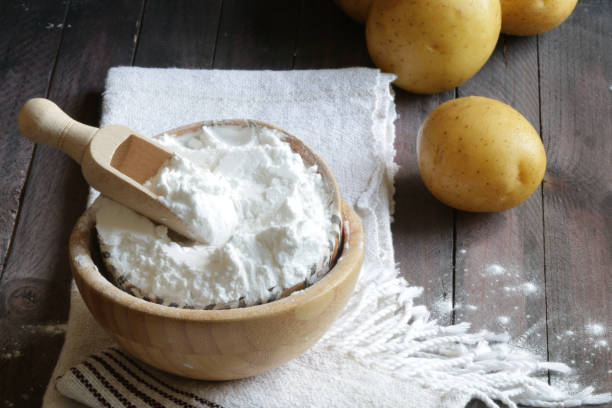
Potato starch 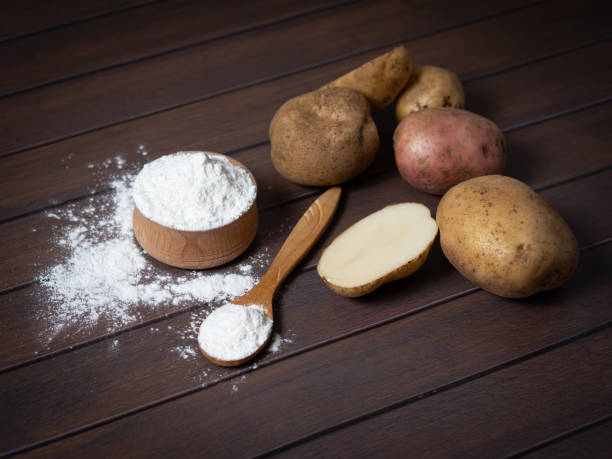
Potato starch -
In most recipes, all-purpose flour can be used in place of tapioca flour in a 1:1 ratio, however, the texture may alter depending on what you're making. When used as a thickener for gravies, soups, and sauces, tapioca flour produces a bright, glossy finish. Dishes thickened with all-purpose flour will have a matte surface and a duller hue.
You should definitely alter your cooking time as well. Tapioca flour has no flavor and combines fast, while all-purpose flour has to be cooked for a bit longer to remove the powdery texture it has when it's raw. Keep in mind that all-purpose flour includes gluten and is manufactured from wheat. As a result, if you're attempting to make your dish gluten-free, it's an unacceptable substitute for tapioca.
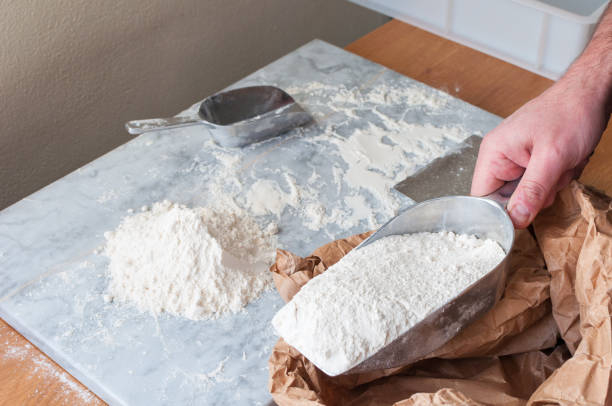
All-purpose flour 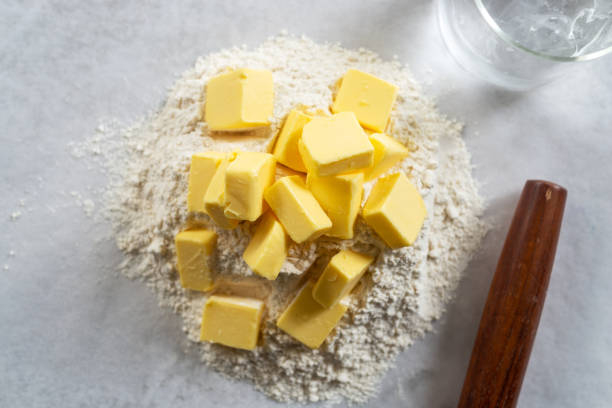
All-purpose flour -
Arrowroot is a flavorless, gluten-free flour derived from the plant Maranta arundinacea. It's quite similar to tapioca flour and may be used in most recipes in a 1:1 ratio. When used as a thickening agent or as part of a baking mix with other types of starches and flours, arrowroot is a perfect substitute for tapioca flour.
When used as a stand-alone flour, it does not provide the same chewy texture as tapioca. As a result, if your baked-goods recipe asks for tapioca flour as the only starch, arrowroot will not work well until combined with other flours. Arrowroot is available at some places and online.
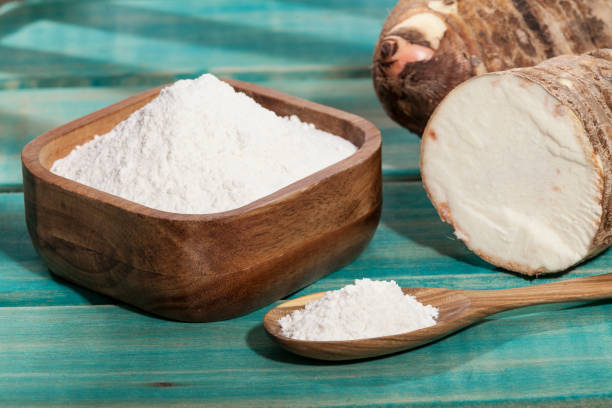
Arrowroot 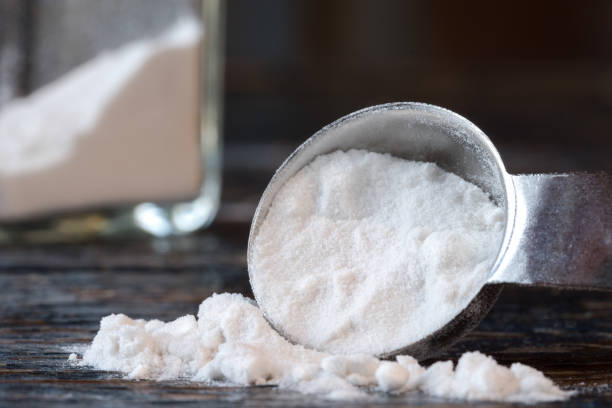
Arrowroot -
Rice flour is another gluten-free substitute for tapioca flour. It's manufactured from finely ground rice grains and has a very mild flavor that won't interfere with the taste of your finished product. Because rice flour is stickier and has a higher thickening capability than tapioca flour, you may need to tweak your recipe somewhat.
A decent rule of thumb is to use half the amount of rice flour as tapioca. For example, if your recipe asks for 2 tablespoons of tapioca flour, substitute it with 1 tablespoon of rice flour. If you can't find rice flour at your local grocery, you may get it online.
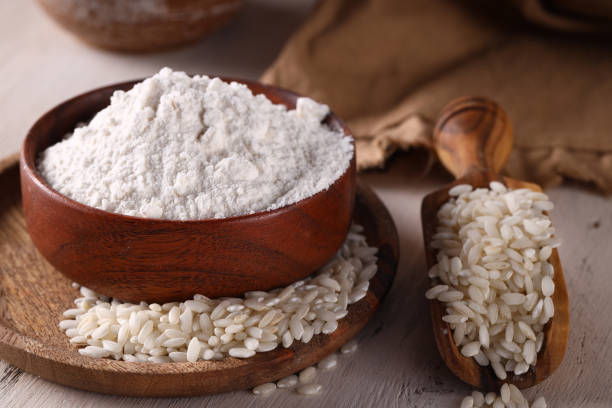
Rice flour 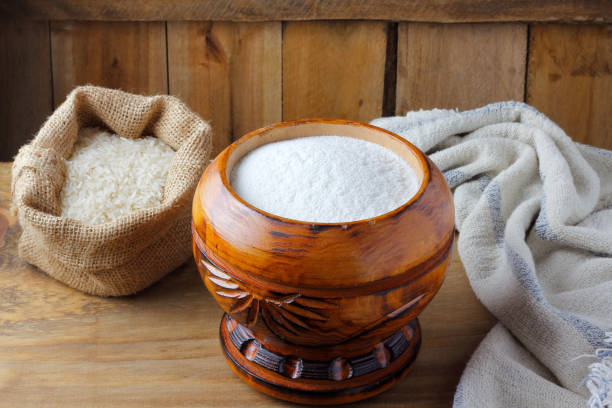
Rice flour








